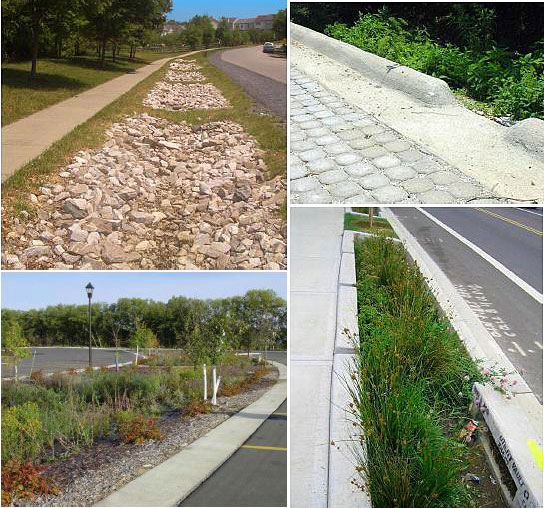Natural resources and environmental sustainability
Stormwater
Flooding has plagued the San Antonio River Basin for generations. As recently as 2015, we experienced major flooding in the Upper San Antonio River watershed, which was felt throughout Bexar, Wilson, Karnes and Goliad counties. Floods can occur in various ways. Some develop slowly, when rain continues over a period of days and inundates water systems. Some, like flash floods, occur in a matter of minutes when a levee or dam is breached. Every year brings the potential for serious flooding.
Bexar Regional Watershed Management (BRWM) has been working to identify areas in Bexar County where there are major flooding issues. It has invested significant resources to develop new planning and technical tools, initiate comprehensive watershed and water quality studies and construct projects to address flooding concerns and improve safety.
San Antonio has developed a public education program called the SAFE (San Antonio Flood Emergency) System to educate the public about flood awareness and preparedness. On a more local level, we need to deal with urban stormwater, rainfall that has fallen onto our streets, roofs and driveways and other paved surfaces. Rainwater runoff picks up bacteria, toxins, oils, hydrocarbons, sediment, metals, fertilizers and other contaminants and deposits them right into our creeks and rivers. In San Antonio, stormwater does not drain into a sewer system to be treated as we treat wastewater.
The San Antonio River Authority (SARA) water quality monitoring data shows that pollutants carried by stormwater runoff are the greatest threat to our creek and river health. That water flows all the way to San Antonio Bay, with direct effect on the health of wildlife in the Bay and the Gulf of Mexico.
The City’s Regional Storm Water Management Program was established to protect public health and safety by requiring developers to mitigate increases in stormwater runoff that result from development projects. Because impervious, paved surfaces have replaced most of the natural ground cover in our urban environments, a great stormwater control measure is low impact development (LID).
LID is an innovative stormwater management approach, modeled after nature. Rather than sending stormwater rushing into rivers, it mimics the natural environment, holding and cleansing water on site through natural filtration.
In San Antonio, stormwater management efforts are concentrated in a handful of programs and are often driven by nonprofit advocacy organizations rather than institutionalized in the city. SARA and its BRWM partners have developed a LID design manual to proactively address water quality and water resource protection in the San Antonio River Basin. These efforts work towards preserving natural watershed functions that manage the quality and quantity of stormwater runoff through a balance of economic, environmental and quality of life considerations.
Maintaining water quality is important to public health, wildlife and economic prosperity, and is a requirement of the federal Clean Water Act. A combination of increasing water quality regulations, aging infrastructure, a growing population and increased urbanization require that the City adopt a more holistic approach to solve flooding and environmental issues from stormwater events.
